Home>Gardening & Outdoor>Landscaping Ideas>How To Repair Bermuda Grass Lawn
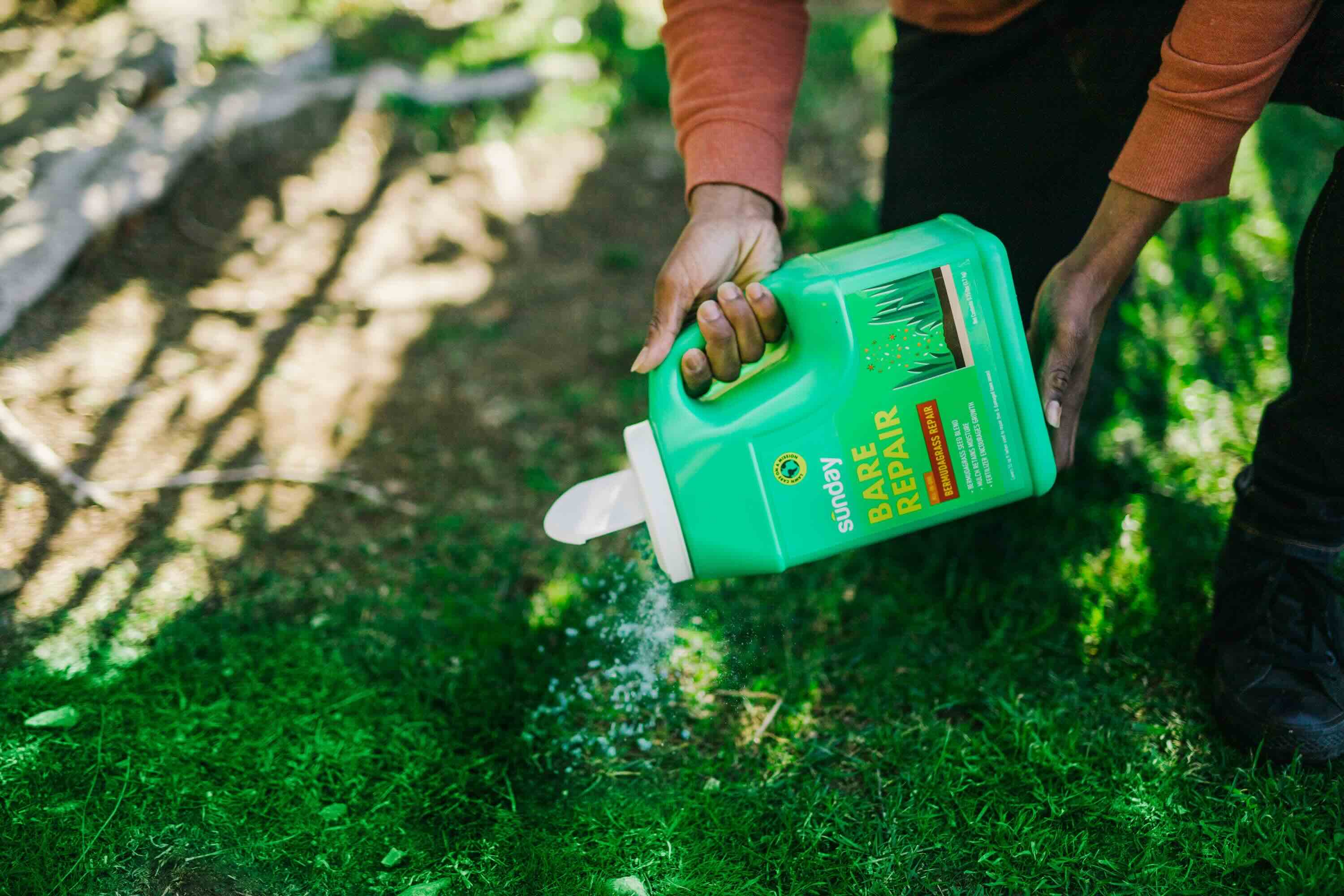

Landscaping Ideas
How To Repair Bermuda Grass Lawn
Modified: March 29, 2024
Learn effective landscaping ideas to repair your Bermuda grass lawn. Discover step-by-step methods for restoring and maintaining a lush, healthy lawn.
(Many of the links in this article redirect to a specific reviewed product. Your purchase of these products through affiliate links helps to generate commission for Storables.com, at no extra cost. Learn more)
Introduction
A lush, vibrant Bermuda grass lawn is the epitome of a picturesque landscape, exuding a verdant charm that transforms any outdoor space into a welcoming oasis. However, maintaining this idyllic vision requires dedication, knowledge, and a willingness to address any issues that may arise. Whether your Bermuda grass lawn has succumbed to wear and tear, invasive weeds, or nutrient deficiencies, fear not, as rejuvenating its former glory is an achievable endeavor. In this comprehensive guide, we will explore the essential steps to repair a Bermuda grass lawn, empowering you to embark on this rewarding journey with confidence and expertise.
A well-maintained lawn not only enhances the aesthetic appeal of your property but also provides a functional and inviting setting for various activities. From leisurely strolls and outdoor gatherings to recreational sports and children's play, a healthy Bermuda grass lawn serves as a versatile and resilient foundation. Therefore, when faced with the task of repairing a damaged Bermuda grass lawn, it's essential to approach the process with a blend of patience, practicality, and a deep understanding of the specific needs of this warm-season grass variety.
As we delve into the intricacies of Bermuda grass lawn repair, we will unravel the crucial aspects of assessing the extent of damage, conducting soil tests to identify deficiencies, implementing effective reseeding or sodding techniques, optimizing watering and fertilization practices, combating invasive weeds, and establishing a sustainable mowing and maintenance regimen. By embracing these fundamental elements of lawn care, you will not only revitalize your Bermuda grass lawn but also fortify it against future challenges, ensuring enduring beauty and functionality for years to come.
Embarking on the journey to repair your Bermuda grass lawn is an opportunity to cultivate a deeper connection with your outdoor space, nurturing it into a thriving, resilient landscape that mirrors your dedication and care. So, let's embark on this enriching endeavor, equipping ourselves with the knowledge and insights needed to breathe new life into our Bermuda grass lawns and create a haven of natural splendor right in our own backyard.
Key Takeaways:
- Repairing a Bermuda grass lawn involves assessing damage, conducting soil tests, and implementing targeted reseeding or sodding techniques to revitalize the landscape.
- Strategic watering, fertilizing, weed control, and meticulous mowing practices are essential for nurturing a vibrant and resilient Bermuda grass lawn.
Read more: How To Remove Bermuda Grass From Lawn
Assessing the Damage
Before initiating the repair process for your Bermuda grass lawn, it is crucial to conduct a thorough assessment of the existing damage. This step is essential for gaining insight into the specific issues plaguing your lawn and formulating a targeted plan for restoration.
Begin by visually inspecting the entire lawn, observing areas of discoloration, thinning grass, or patches of bare soil. These visual cues can provide valuable indications of underlying problems such as compaction, nutrient deficiencies, or invasive weed infestation. Additionally, consider the recent history of the lawn, including foot traffic, pet activity, and exposure to environmental stressors like extreme heat or drought.
Next, assess the soil quality by examining its texture, drainage capabilities, and overall health. Compacted soil can impede the growth of Bermuda grass roots and hinder water penetration, leading to shallow root systems and diminished resilience. Furthermore, perform a simple infiltration test by saturating a small area of the lawn with water and observing the rate at which it is absorbed. Slow infiltration may indicate soil compaction, while rapid runoff could signal poor soil structure.
Another crucial aspect of damage assessment involves identifying the presence of weeds, pests, or diseases that may be undermining the health of your Bermuda grass lawn. Common weeds such as crabgrass and clover can compete with Bermuda grass for resources, while pests like grubs and armyworms can inflict substantial damage if left unchecked. Additionally, keep an eye out for signs of fungal diseases, such as discolored patches and abnormal growth patterns.
By meticulously evaluating these factors, you will gain a comprehensive understanding of the challenges confronting your Bermuda grass lawn, paving the way for targeted interventions and effective remediation strategies. Remember, a meticulous assessment sets the stage for a successful repair journey, empowering you to address the specific needs of your lawn with precision and expertise.
Soil Testing and Amendments
Conducting a comprehensive soil test is a pivotal step in the journey to repair your Bermuda grass lawn, as it provides invaluable insights into the underlying nutrient composition and pH levels of the soil. By gaining a nuanced understanding of your soil’s characteristics, you can tailor your approach to amendments and fertilization, laying a robust foundation for the rejuvenation of your lawn.
Commence the soil testing process by obtaining a soil testing kit or engaging the services of a professional laboratory. Collect soil samples from various areas of your lawn, ensuring that the samples represent the different regions and conditions within the landscape. Thoroughly mix the collected samples in a clean container, and follow the specific guidelines provided with your soil testing kit to prepare and submit the samples for analysis.
The results of the soil test will unveil crucial information regarding the levels of essential nutrients such as nitrogen, phosphorus, and potassium, as well as secondary nutrients and micronutrients vital for the health and vitality of Bermuda grass. Additionally, the pH level of the soil will be revealed, influencing nutrient availability and the overall well-being of the grass.
Armed with these insights, you can proceed to implement targeted soil amendments to rectify any deficiencies and optimize the growing conditions for Bermuda grass. Select a high-quality, balanced fertilizer specifically formulated for Bermuda grass, and apply it in accordance with the recommendations derived from the soil test results. Pay close attention to the nitrogen-phosphorus-potassium (N-P-K) ratio, ensuring that it aligns with the specific needs of Bermuda grass for robust growth and resilience.
In addition to fertilization, consider incorporating organic matter into the soil to improve its structure and nutrient-holding capacity. Compost, well-rotted manure, or organic soil conditioners can enhance the overall health of the soil, fostering a conducive environment for the development of a lush and resilient Bermuda grass lawn.
By prioritizing soil testing and targeted amendments, you lay a solid groundwork for the successful repair and revitalization of your Bermuda grass lawn. This proactive approach not only addresses existing deficiencies but also establishes an optimal environment for the sustained health and vibrancy of your lawn, ensuring enduring beauty and functionality.
Reseeding or Sodding
When confronted with a Bermuda grass lawn in need of repair, the decision to reseed or sod is a pivotal consideration that can significantly impact the rejuvenation process. Both reseeding and sodding present distinct advantages and considerations, and understanding the nuances of each approach is essential for making an informed choice tailored to the specific needs of your lawn.
Reseeding: Reseeding is a cost-effective and efficient method of rejuvenating a Bermuda grass lawn, particularly when addressing patchy areas or thinning grass coverage. Begin by preparing the targeted areas through thorough aeration and dethatching to create an optimal seedbed. Select high-quality Bermuda grass seed that aligns with the existing variety of your lawn, ensuring compatibility and uniformity in growth patterns. Distribute the seed evenly across the prepared areas, and gently rake the soil to facilitate seed-to-soil contact, which is essential for germination. Follow this with a light layer of mulch to retain moisture and protect the seeds during the critical germination phase. Adequate watering and diligent monitoring are crucial during the establishment phase, as consistent moisture levels are paramount for successful germination and robust seedling growth.
Sodding: Sodding offers a rapid and visually impactful solution for repairing a damaged Bermuda grass lawn, particularly in cases where extensive coverage is required or when time is of the essence. High-quality Bermuda grass sod, sourced from reputable suppliers, provides an instant transformation, imparting a lush and uniform appearance to the lawn. Prior to sod installation, prepare the soil by addressing compaction and ensuring optimal drainage. Lay the sod in a staggered pattern, pressing it firmly into the soil to promote root establishment. After installation, thorough watering is essential to facilitate the integration of the sod with the underlying soil, fostering seamless growth and cohesion.
Whether you opt for reseeding or sodding, meticulous attention to detail and adherence to best practices are paramount for achieving optimal results. By tailoring your approach to the specific needs of your Bermuda grass lawn, you pave the way for a successful rejuvenation process, culminating in a vibrant and resilient landscape that beckons with its natural allure.
Regularly aerating your Bermuda grass lawn can help improve its overall health and promote better growth. This process allows air, water, and nutrients to penetrate the soil, leading to stronger and more resilient grass.
Watering and Fertilizing
Optimal watering and fertilizing practices are fundamental pillars of nurturing a thriving Bermuda grass lawn, playing a pivotal role in its repair and sustained health. By embracing strategic approaches to watering and fertilization, you can fortify the resilience and vibrancy of your lawn, ensuring enduring beauty and functionality.
Watering: Adequate and consistent moisture is essential for the establishment and ongoing health of Bermuda grass. Implement a deep and infrequent watering schedule, aiming for approximately 1 inch of water per week, including rainfall. To promote deep root growth and resilience, water the lawn in the early morning to minimize evaporation and fungal issues. When newly reseeded or sodded, prioritize frequent, light watering to facilitate the critical establishment phase, gradually transitioning to a deeper watering regimen as the grass matures. Regularly monitor soil moisture levels and adjust your watering schedule based on environmental conditions and the specific needs of your lawn.
Fertilizing: Tailoring your fertilization approach to the specific needs of Bermuda grass is essential for fostering robust growth and resilience. Utilize a high-quality, balanced fertilizer specifically formulated for Bermuda grass, applying it in accordance with the recommendations derived from soil testing. The timing of fertilizer applications is crucial, with early spring and late spring being optimal periods for the initial rounds of fertilization. Subsequent applications in summer and early fall can further bolster the health and vigor of the grass, providing essential nutrients for sustained growth and recovery. Avoid excessive nitrogen application, as this can lead to rapid growth and increased susceptibility to stressors such as disease and drought.
By harmonizing strategic watering and fertilization practices, you cultivate an environment that nurtures the enduring health and beauty of your Bermuda grass lawn. Embrace the role of a steward, attentively tending to the specific needs of your lawn and fostering a landscape that flourishes with vitality and resilience.
Read more: How To Kill Bermuda Grass In Fescue Lawn
Weed Control
Effectively managing weeds is a crucial aspect of repairing and maintaining a lush Bermuda grass lawn, safeguarding its health, aesthetics, and resilience. By implementing targeted weed control strategies, you can mitigate the encroachment of invasive plants and foster an environment where Bermuda grass thrives unhindered.
Preventive Measures: Proactive measures form the cornerstone of weed control, preemptively thwarting the establishment and proliferation of unwanted plants. Encourage the dense growth of Bermuda grass through optimal watering, fertilization, and mowing practices, creating a competitive environment that inhibits weed germination and growth. Additionally, minimize soil disturbance and bare patches, as these can serve as entry points for weed seeds to take root.
Manual Removal: Vigilant monitoring and manual removal of weeds play a pivotal role in preserving the integrity of your Bermuda grass lawn. Regularly inspect the lawn for the presence of weeds, and promptly remove them before they have the chance to spread and proliferate. Employ hand tools or specialized weed removal implements to extract weeds at their roots, ensuring thorough eradication.
Herbicidal Control: In cases where manual removal is insufficient, targeted herbicidal control can be employed to address persistent weed infestations. Selective herbicides formulated for warm-season grasses like Bermuda grass can effectively target weeds while preserving the health of the desired turf. Exercise caution and precision when applying herbicides, ensuring that they are compatible with Bermuda grass and adhering to recommended application rates and guidelines.
Cultural Practices: Embracing cultural practices that fortify the vigor of Bermuda grass can indirectly contribute to weed control. Optimal mowing height, regular aeration, and overseeding can promote a dense and resilient turf that naturally suppresses weed growth. Furthermore, maintaining sharp mower blades and avoiding excessive lawn stressors can bolster the lawn’s ability to outcompete and resist weed encroachment.
By integrating these multifaceted weed control strategies, you fortify the defenses of your Bermuda grass lawn, nurturing a landscape where the vibrant allure of the grass takes center stage, unimpeded by the encroachment of invasive plants.
Mowing and Maintenance
The art of mowing and maintenance is a cornerstone of nurturing a resilient and visually captivating Bermuda grass lawn. By embracing best practices in mowing, aeration, and overall lawn care, you can elevate the health and aesthetics of your landscape, fostering a verdant tapestry that beckons with its natural allure.
Mowing Height and Frequency: Tailoring your mowing height to the specific needs of Bermuda grass is pivotal for promoting robust growth and resilience. Aim to maintain a mowing height of approximately 1 to 1.5 inches for Bermuda grass, adjusting slightly based on the specific variety and environmental conditions. Regular mowing, adhering to the one-third rule – never removing more than one-third of the grass blade in a single mowing session – promotes a compact and lush turf, minimizing stress and vulnerability to environmental challenges.
Mower Maintenance: Regular mower maintenance is essential for ensuring clean and precise cuts that promote the health of Bermuda grass. Sharpen mower blades regularly to achieve clean cuts that minimize stress and susceptibility to diseases. Additionally, maintain optimal mower height and functionality, ensuring that the equipment is calibrated to deliver consistent and uniform mowing results.
Aeration and Dethatching: Periodic aeration and dethatching are instrumental in optimizing the growing conditions for Bermuda grass, fostering deep root growth and mitigating soil compaction. Engage in core aeration to alleviate soil compaction and enhance water and nutrient penetration. Additionally, dethatching removes accumulated organic debris, promoting air circulation and nutrient absorption in the soil, fortifying the health and resilience of the grass.
Overseeding: Introducing new Bermuda grass seed through overseeding can rejuvenate thinning or patchy areas, bolstering the density and vibrancy of the lawn. Select high-quality Bermuda grass seed that aligns with the existing variety, and distribute it evenly across the targeted areas. Pair overseeding with aeration to optimize seed-to-soil contact and facilitate robust germination and establishment.
By harmonizing meticulous mowing practices, proactive aeration and dethatching, and strategic overseeding, you cultivate a Bermuda grass lawn that flourishes with vitality and resilience, a testament to your dedication as a steward of natural beauty and functionality.
Conclusion
Embarking on the journey to repair and rejuvenate a Bermuda grass lawn is a testament to your commitment to cultivating a landscape of enduring beauty and vitality. From the meticulous assessment of damage to the strategic implementation of soil testing, reseeding or sodding, watering and fertilizing, weed control, and mowing and maintenance practices, each step in this transformative process reflects your dedication as a steward of natural splendor.
As you navigate the intricacies of Bermuda grass lawn repair, remember that patience, attentiveness, and a deep understanding of the specific needs of this warm-season grass variety are your allies. Embrace the role of a caretaker, nurturing the resilience and vibrancy of your lawn through targeted interventions and proactive measures.
In the tapestry of lawn care, each action bears the potential to cultivate enduring beauty and functionality. Whether you are meticulously tending to the soil, delicately sowing seeds, or attentively mowing and maintaining the turf, your efforts contribute to a landscape that beckons with its natural allure, inviting leisurely strolls, outdoor gatherings, and moments of tranquil respite.
As you witness the transformation of your Bermuda grass lawn, allow yourself to revel in the intrinsic rewards of this enriching journey. The revitalization of your outdoor space mirrors your unwavering commitment to nurturing natural beauty, creating a haven of resplendent greenery that mirrors the depth of your care and dedication.
So, as you stand amidst the lush expanse of Bermuda grass, vibrant and resilient, take pride in the role you play in fostering a landscape that transcends mere aesthetics, offering a sanctuary of natural splendor and enduring allure.
Embrace the journey, tend to the needs of your lawn with wisdom and compassion, and revel in the transformation that unfolds, a testament to the harmonious coexistence of nature and stewardship.
Frequently Asked Questions about How To Repair Bermuda Grass Lawn
Was this page helpful?
At Storables.com, we guarantee accurate and reliable information. Our content, validated by Expert Board Contributors, is crafted following stringent Editorial Policies. We're committed to providing you with well-researched, expert-backed insights for all your informational needs.
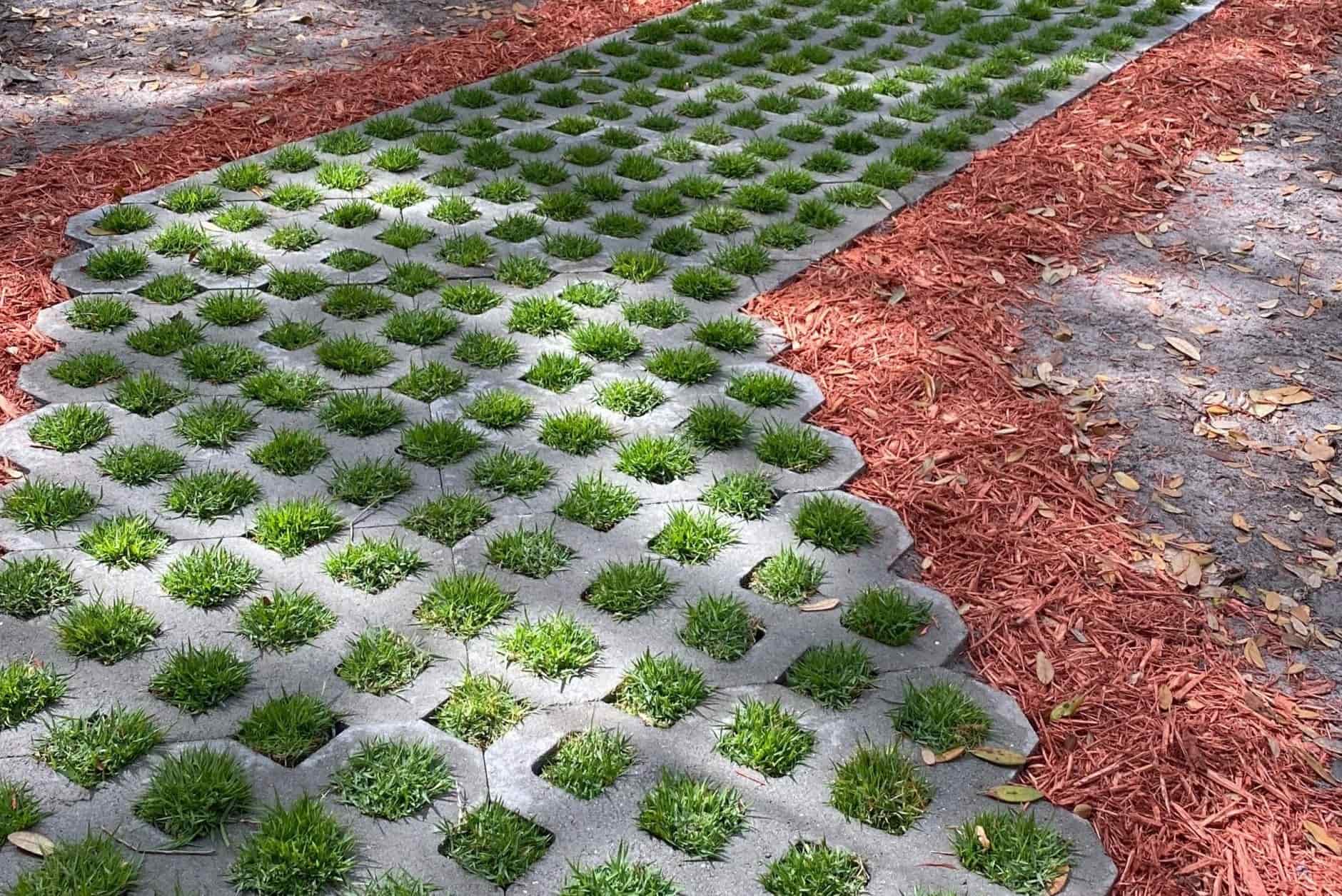
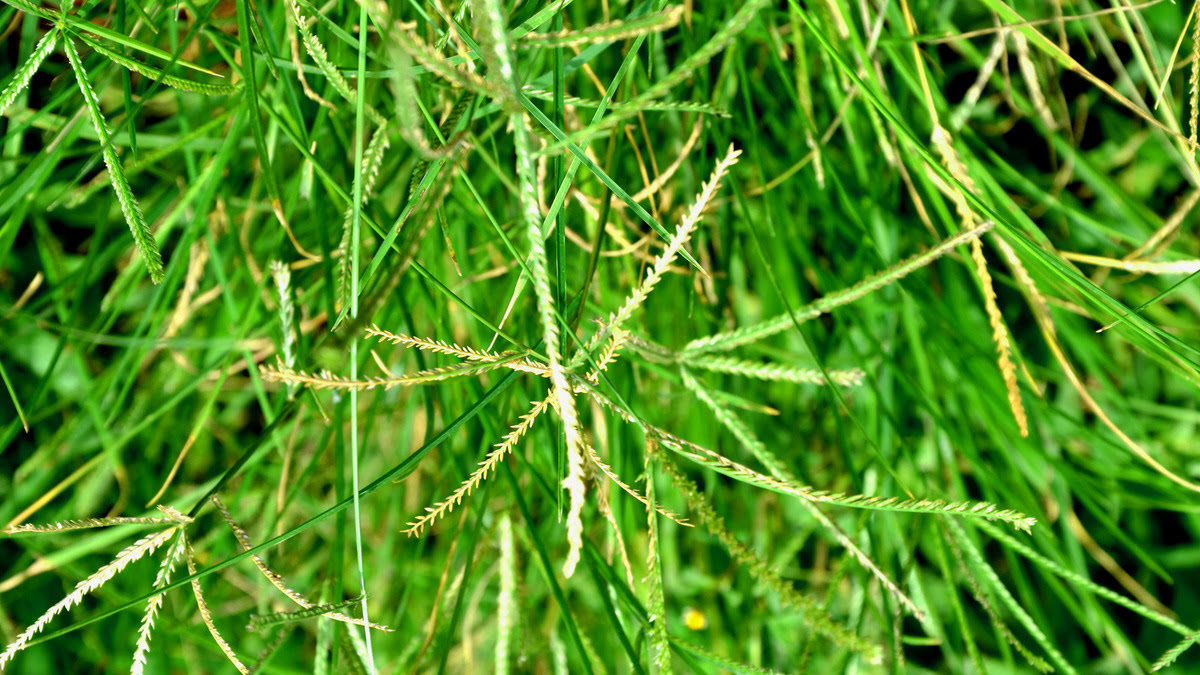
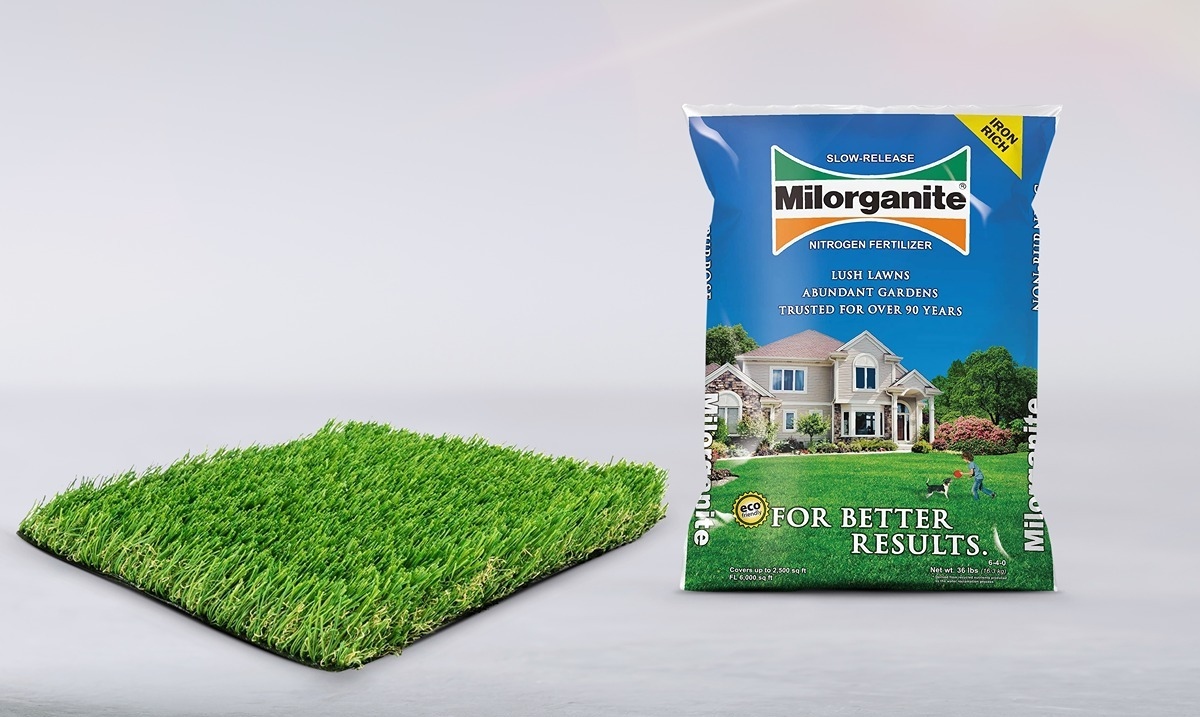
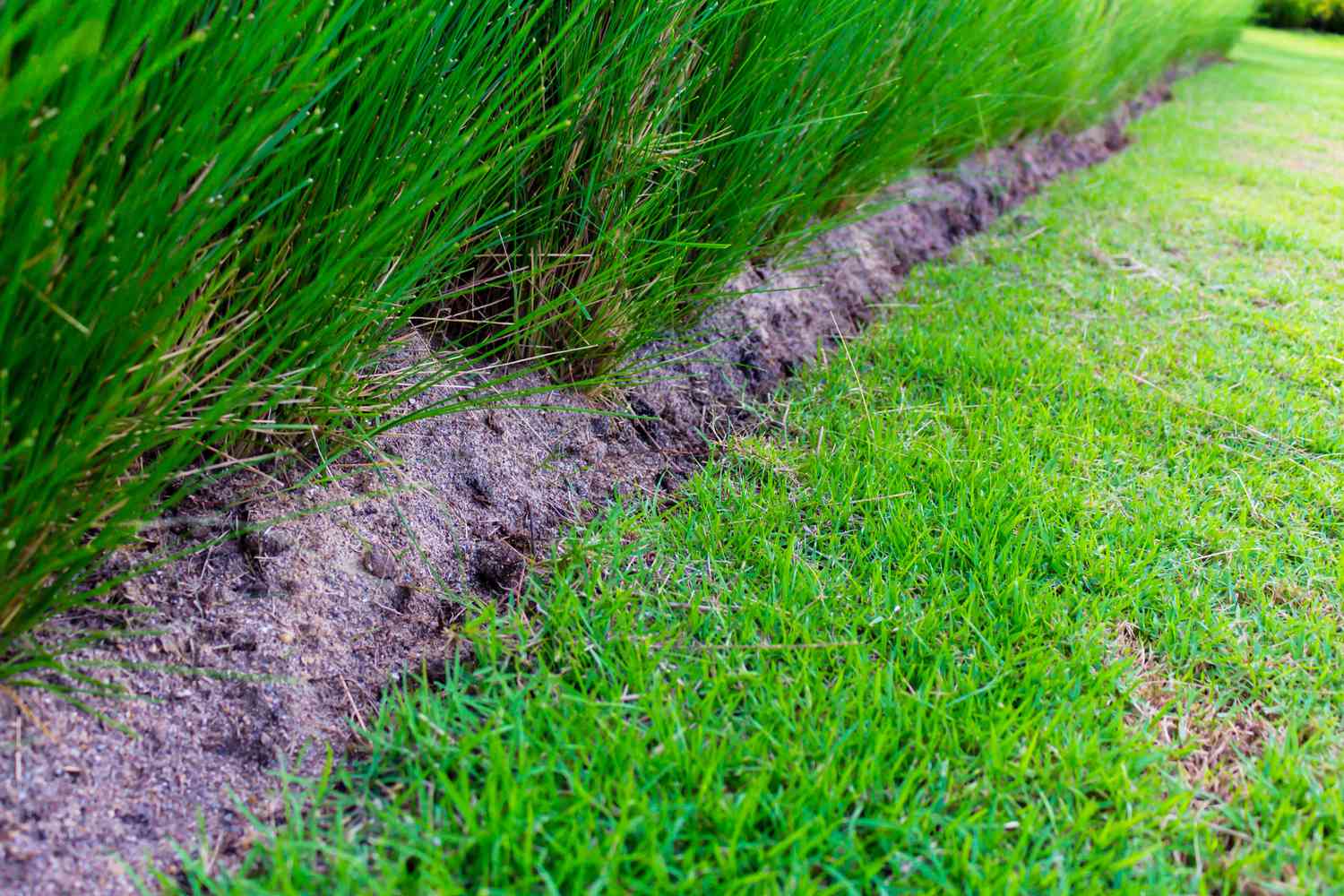
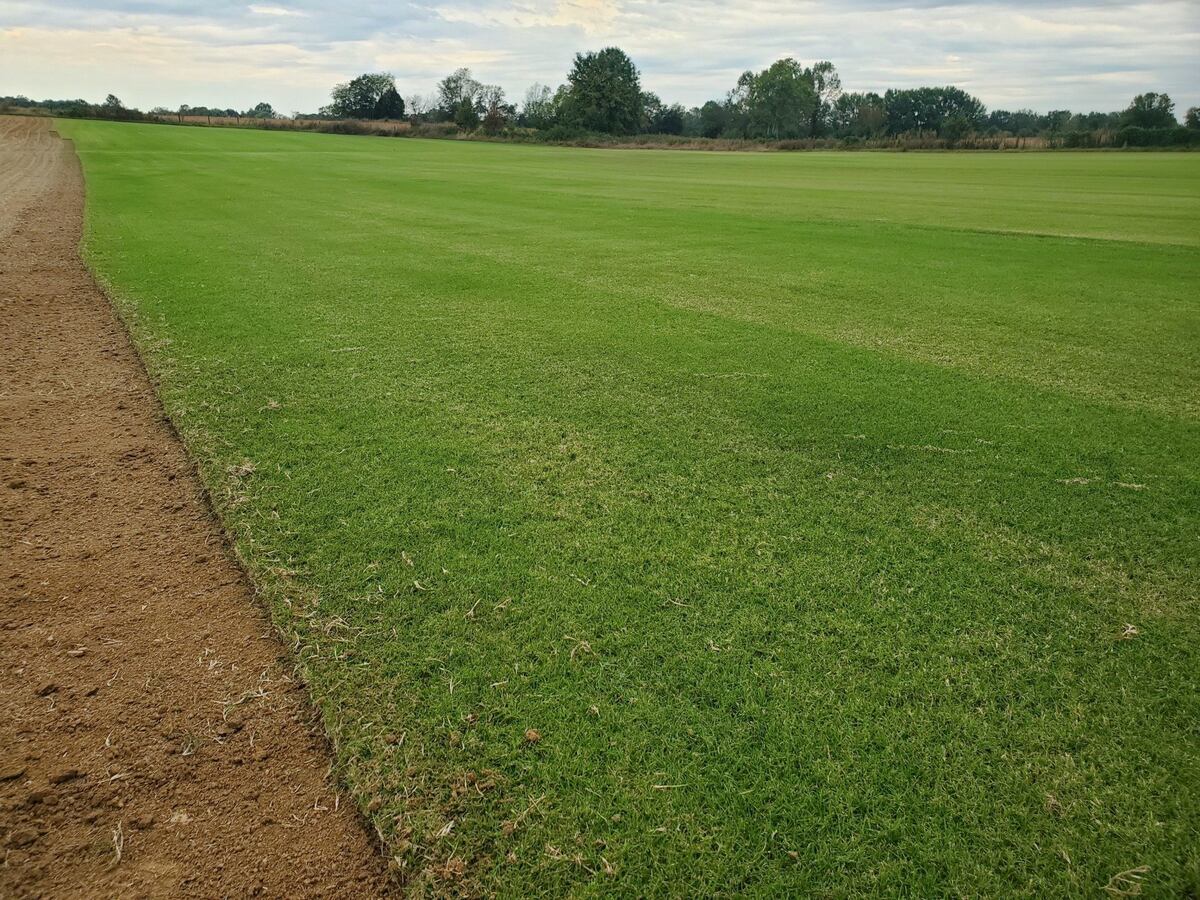
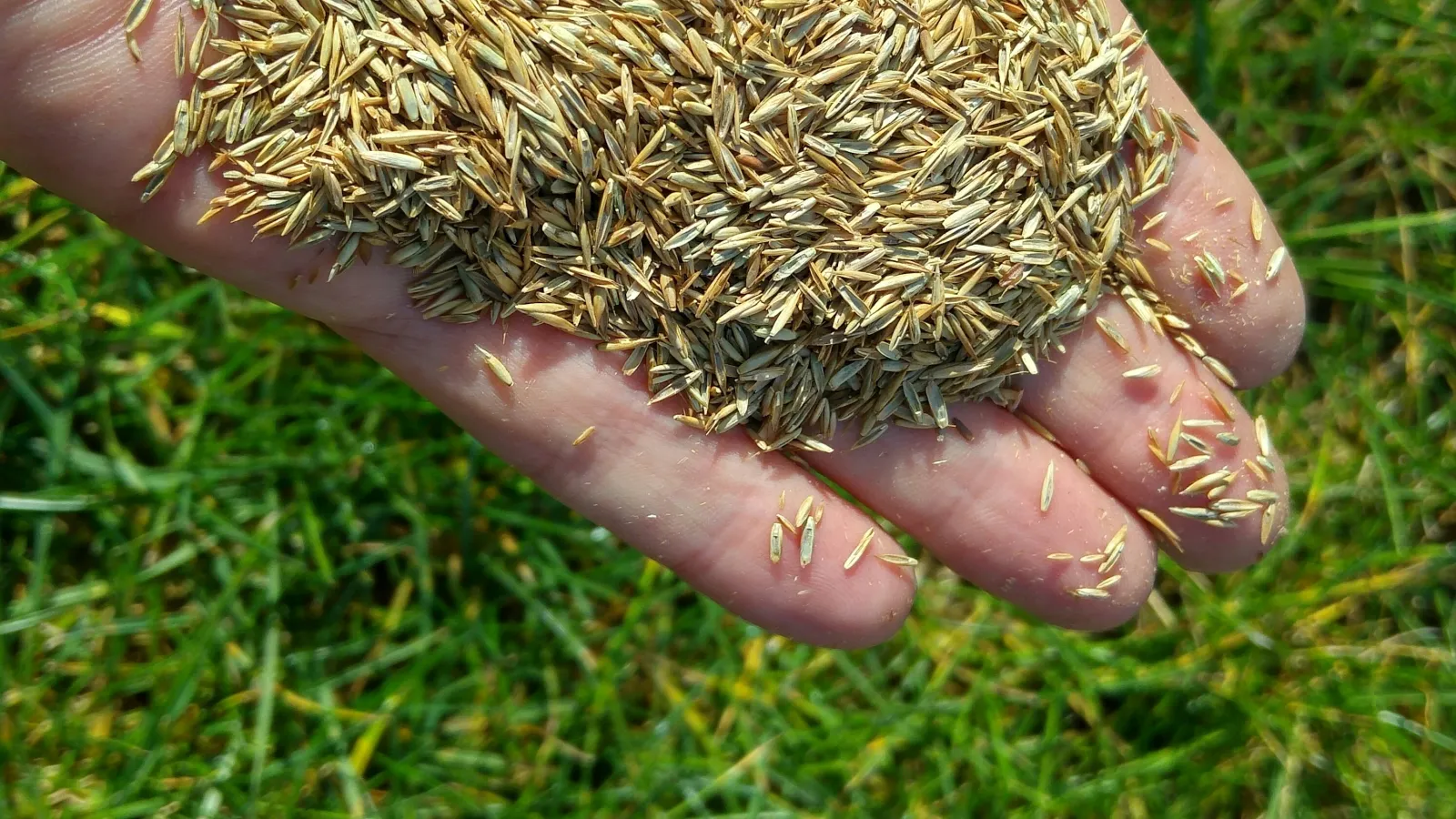
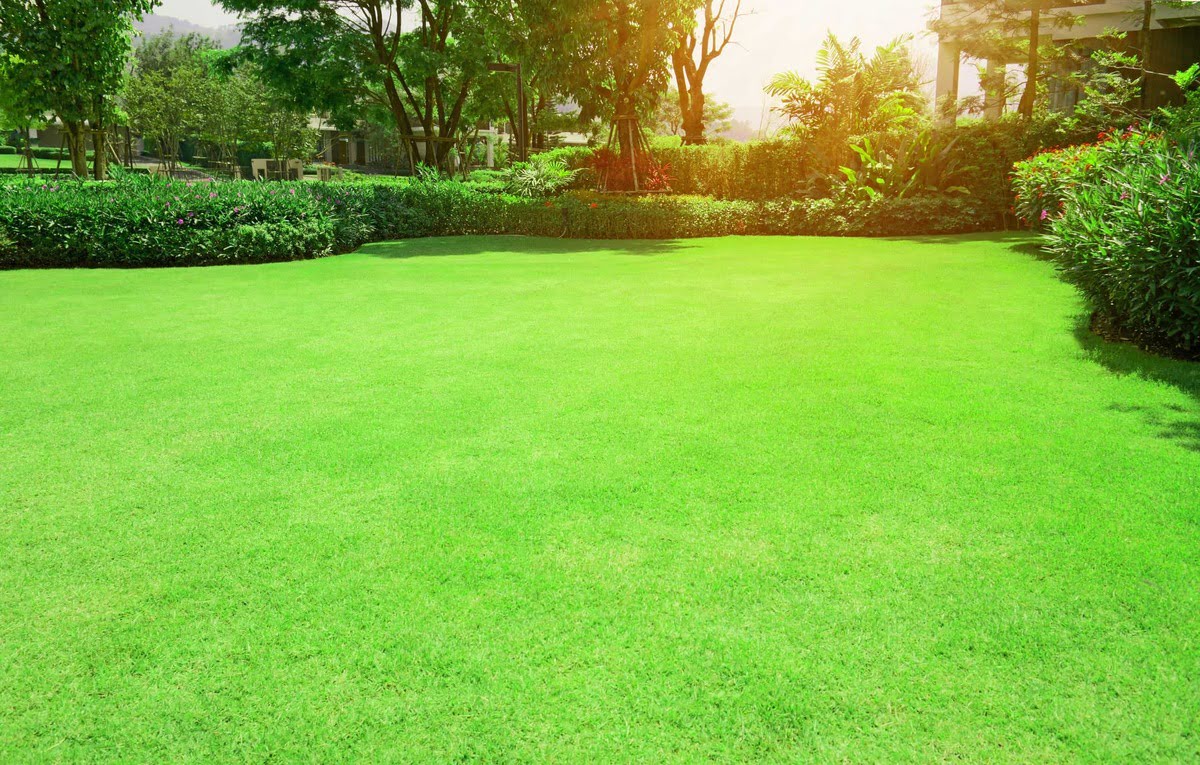
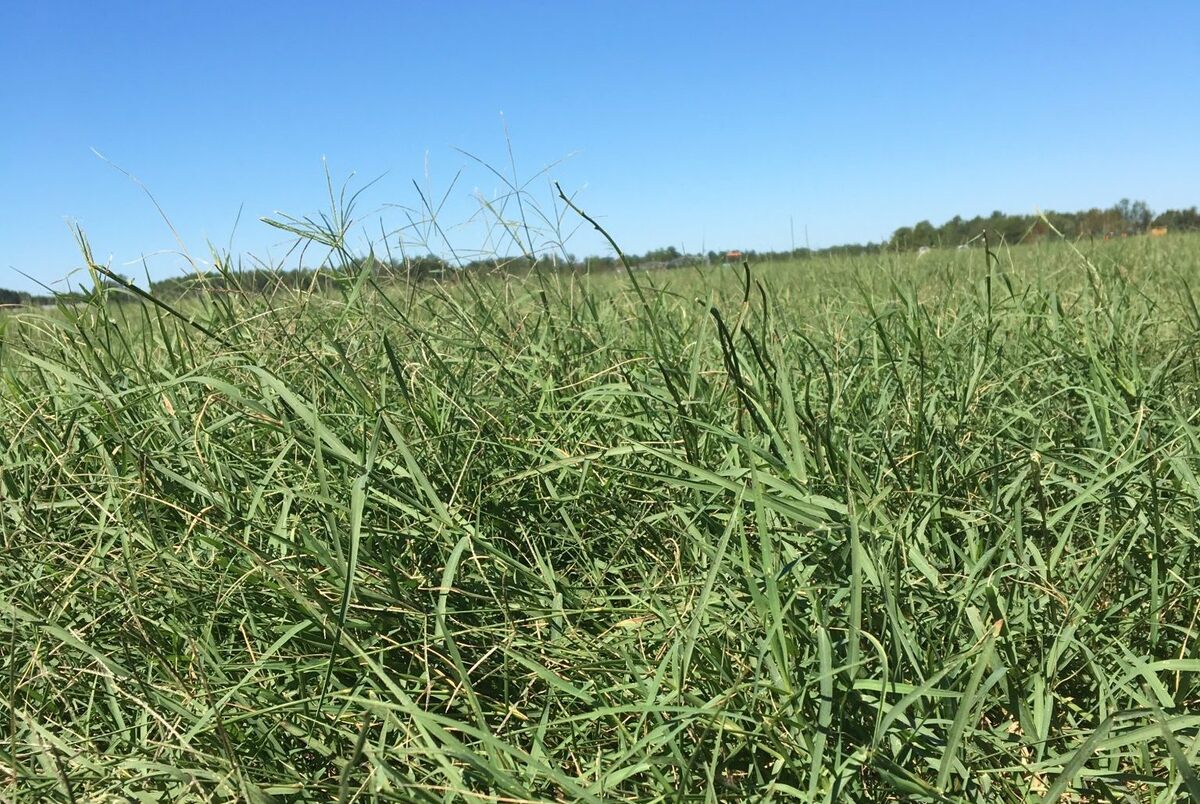
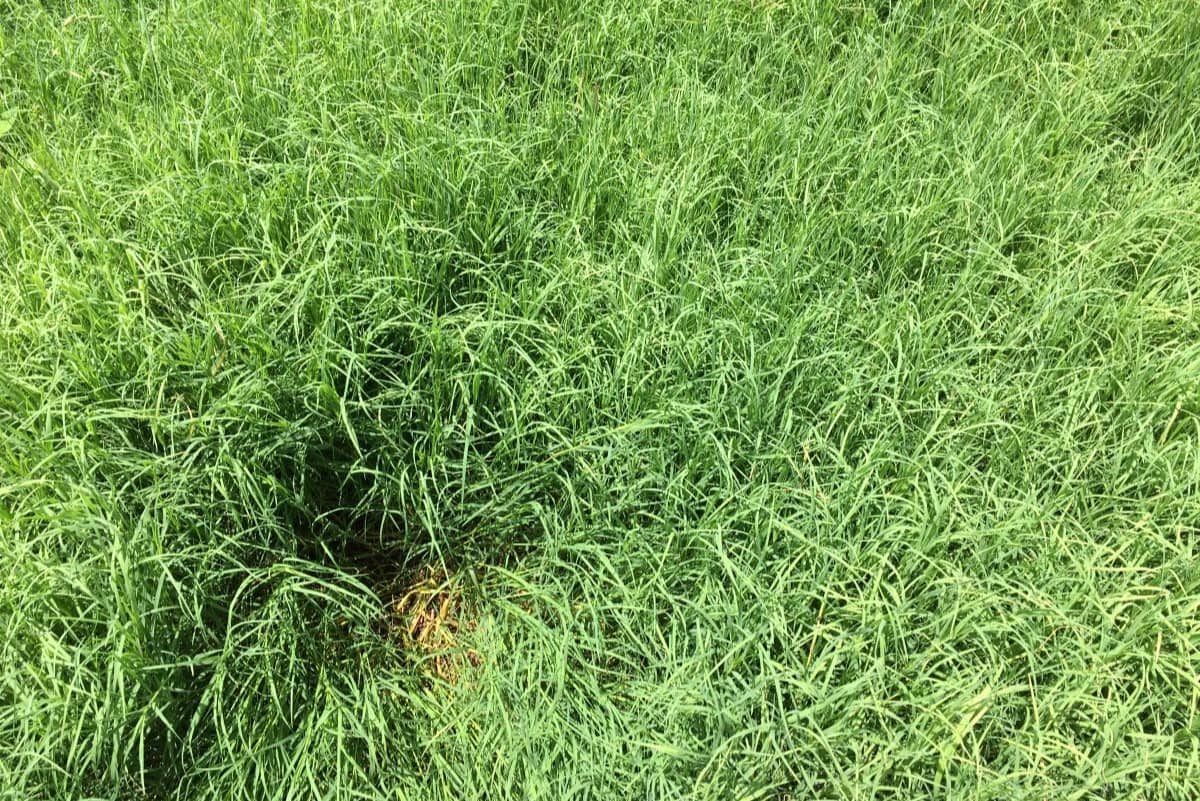
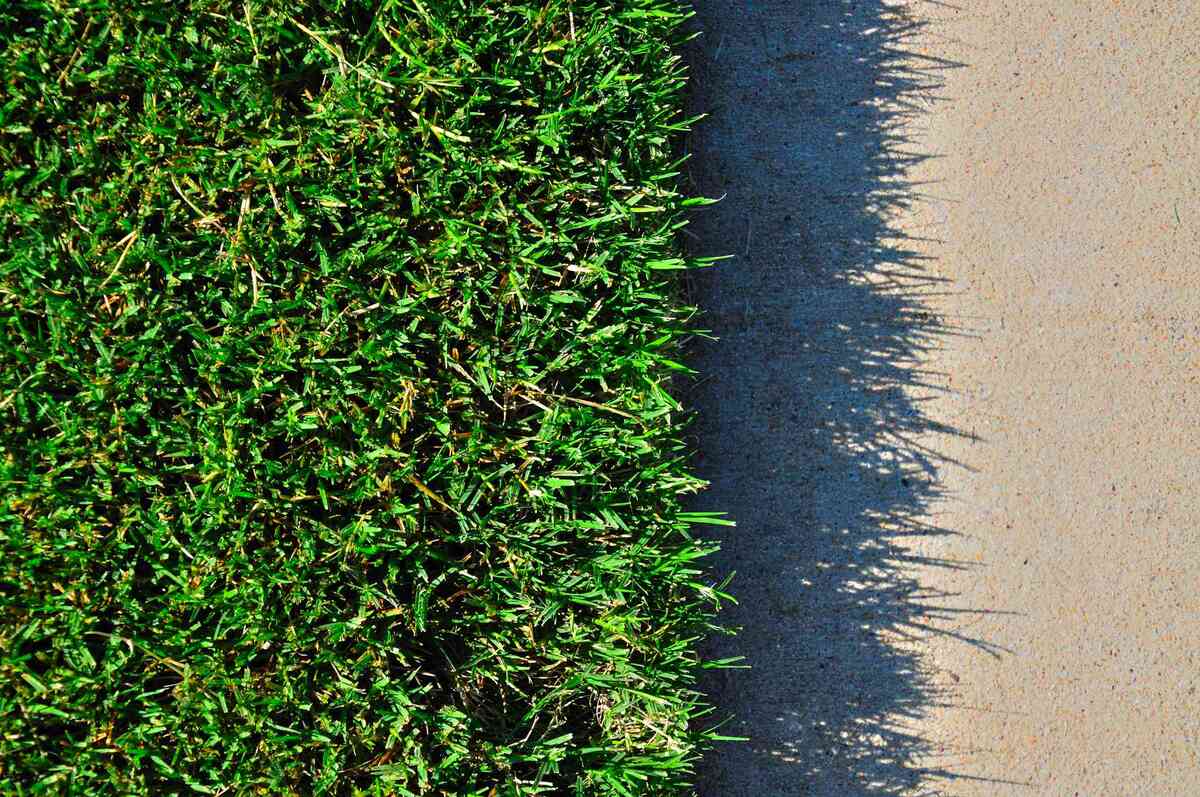
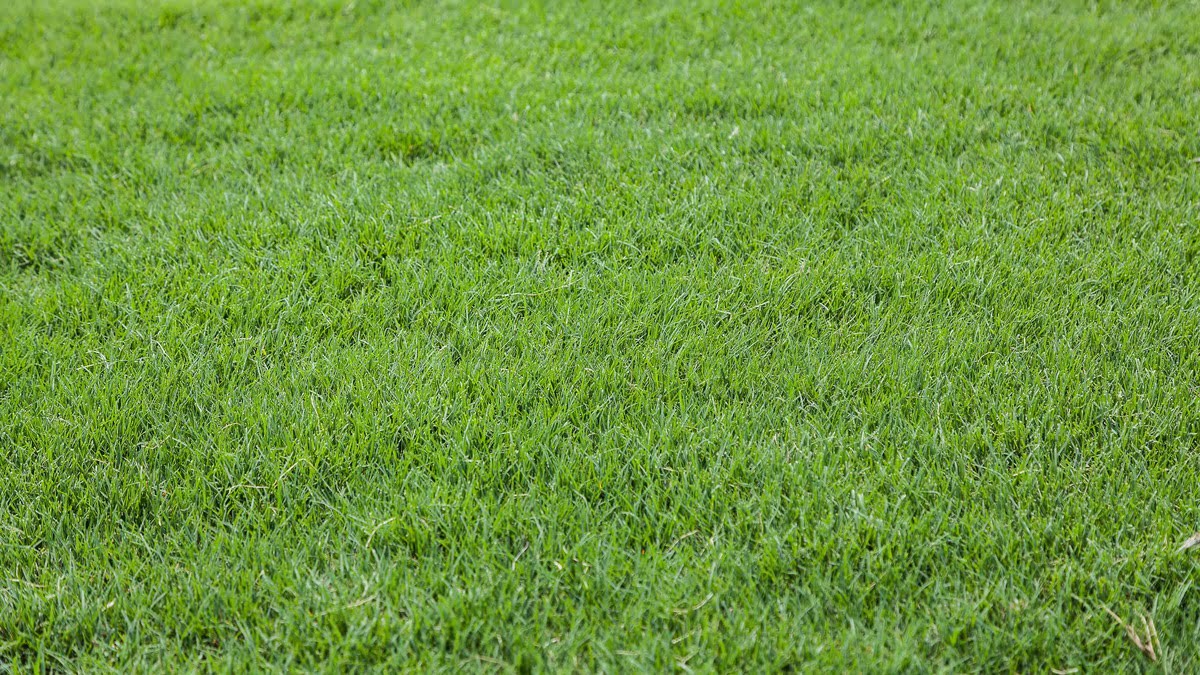
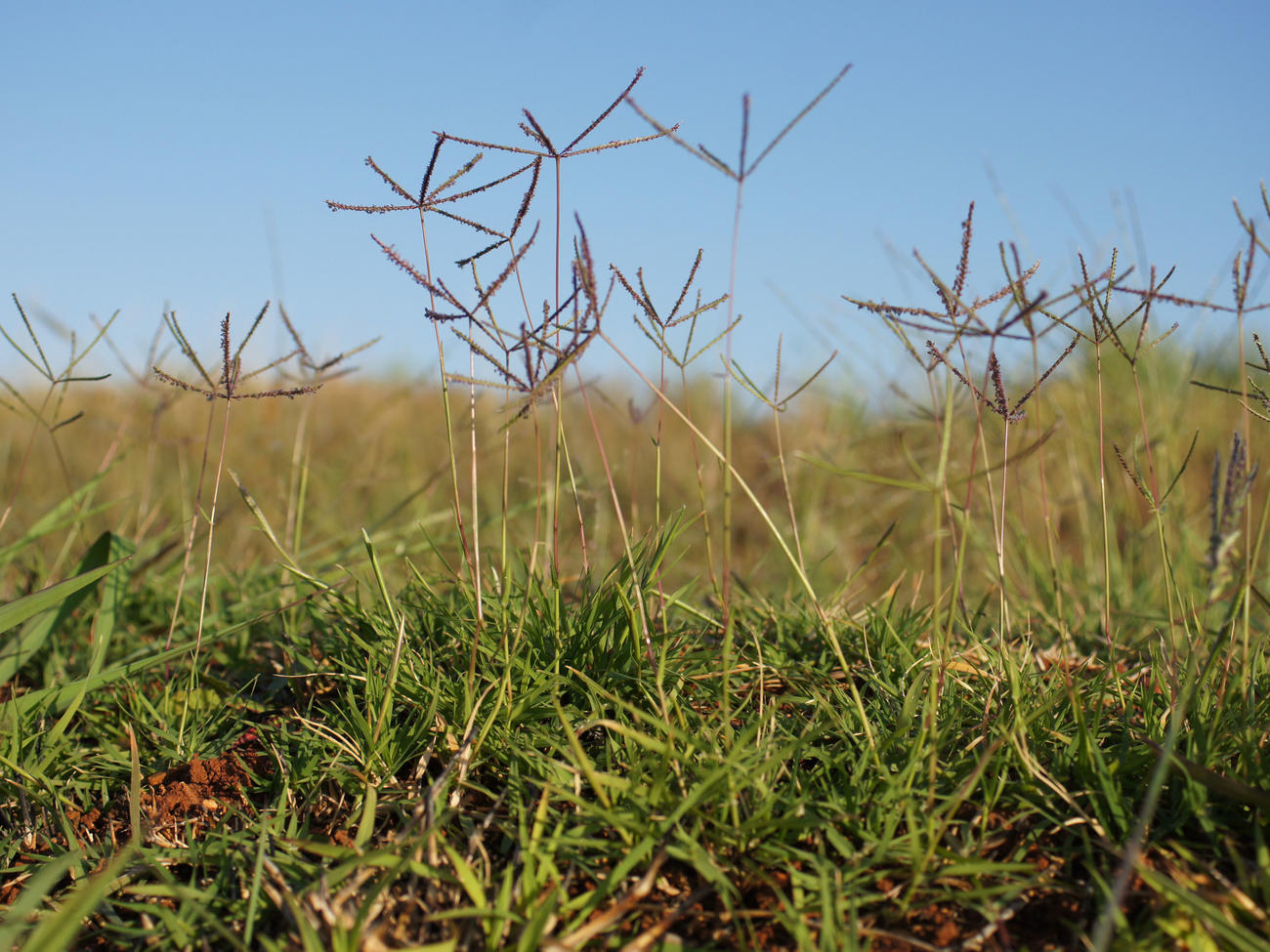
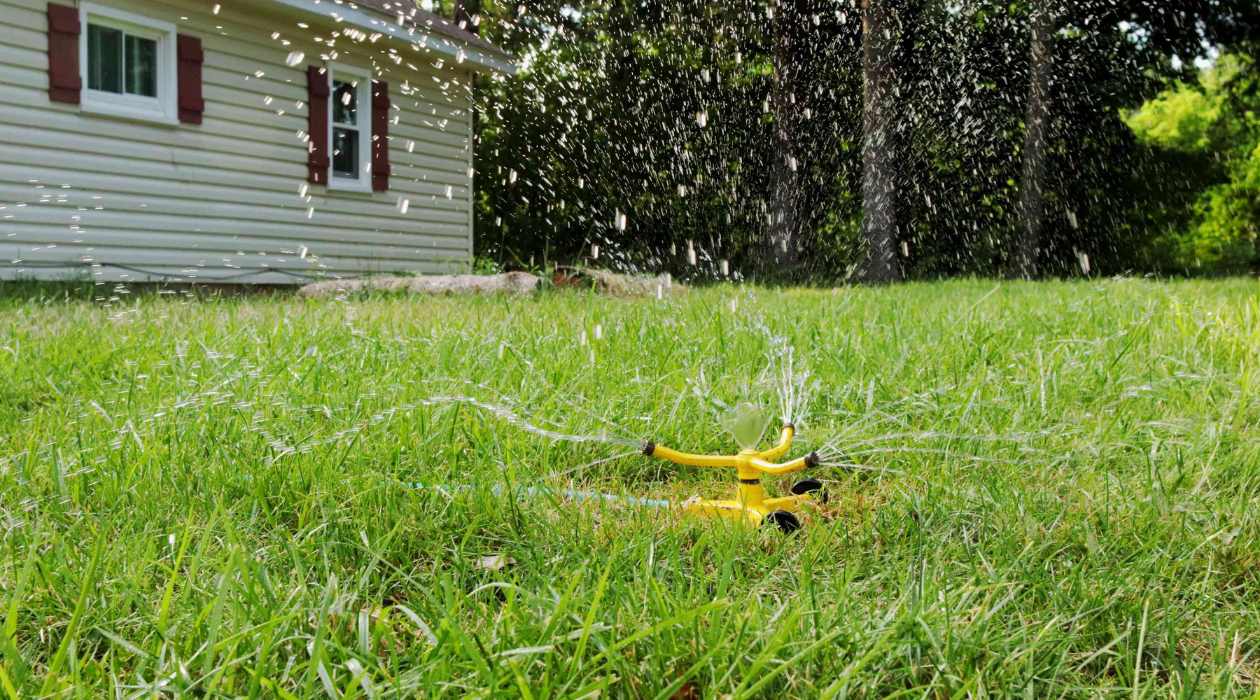
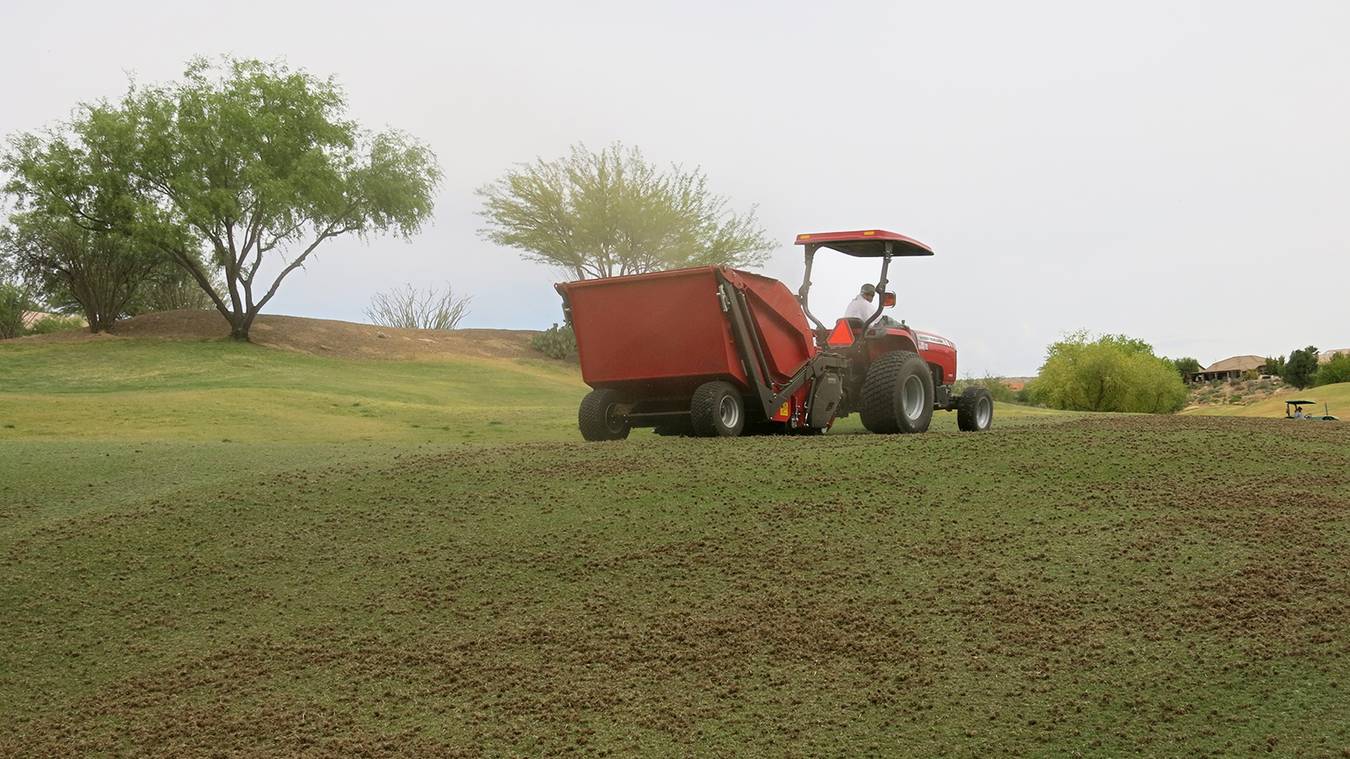

0 thoughts on “How To Repair Bermuda Grass Lawn”